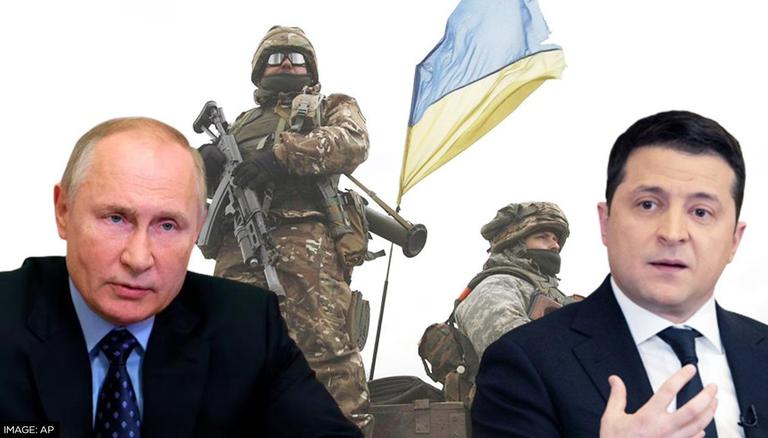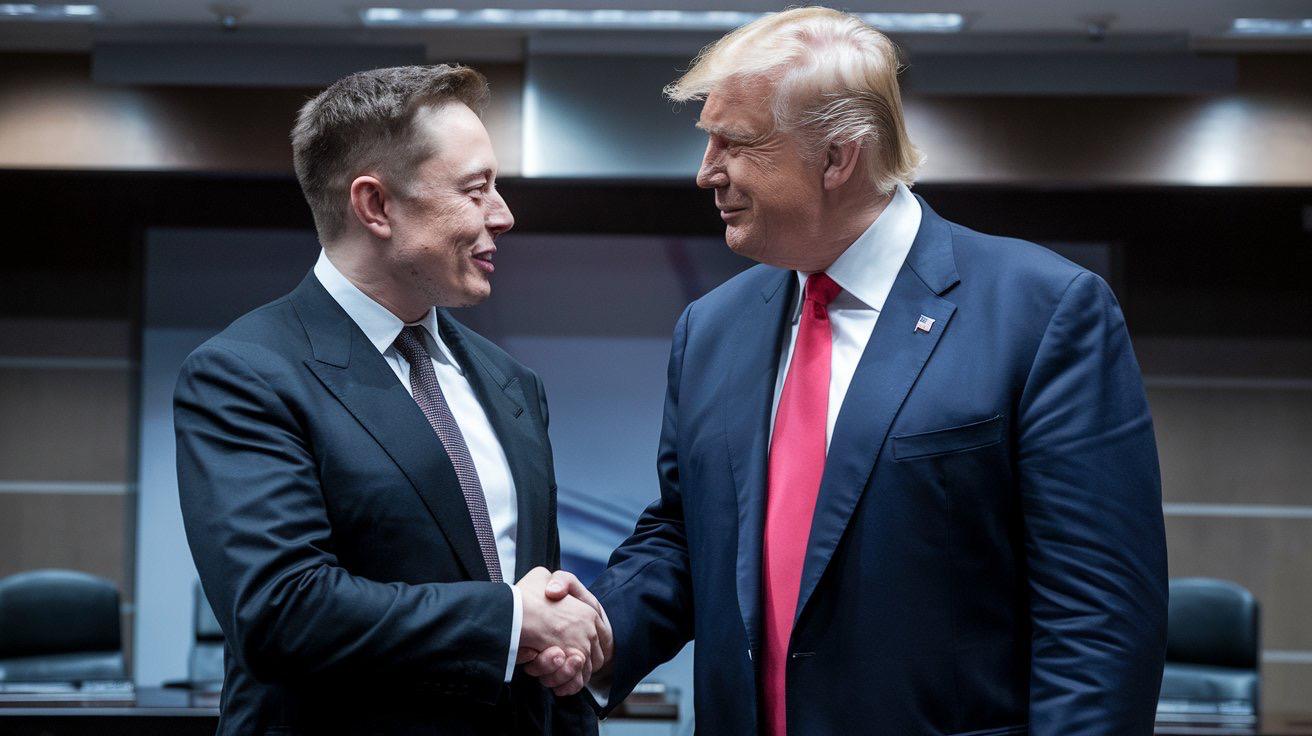The war between Russia and Ukraine has taken a dramatic turn, with Ukraine launching U.S.-made long-range missiles into Russian territory for the first time since the conflict began. This bold move, occurring on the 1,000th day of the war, has intensified the already volatile situation, sending shockwaves through global geopolitics.
Ukraine’s Historic Missile Strike
In a landmark development, Ukraine targeted a Russian ammunition depot in the Bryansk region using advanced long-range missiles supplied by the United States. This marks a significant shift in U.S. policy, as President Joe Biden recently authorized the deployment of these weapons to bolster Ukraine’s defensive and offensive capabilities. While Ukrainian President Volodymyr Zelensky did not directly confirm the strikes, he hinted at the growing strength of Ukraine’s long-range arsenal, stating that the missiles would “speak for themselves.”
Russia’s Escalating Response
The Kremlin labeled the missile strike a major provocation, with Russian President Vladimir Putin lowering the threshold for deploying nuclear weapons. According to Russia’s revised doctrine, any perceived threat to its sovereignty—even from non-nuclear states supported by atomic powers—could justify a nuclear response. This shift underscores the precariousness of the situation, as both sides raise the stakes in the ongoing conflict.
Strategic Impact of Long-Range Missiles
The inclusion of U.S.-made long-range missiles in Ukraine’s arsenal is a game changer. With a range of 300 kilometers, these weapons allow Ukraine to strike critical infrastructure deep within Russian territory, potentially disrupting supply chains and command centers. Although Russia claimed to have intercepted most of the missiles in the Bryansk attack, the symbolic message was clear: Ukraine is prepared to leverage Western support to push the conflict into Russia’s backyard.
However, opinions on the broader impact of these strikes are divided. Some analysts argue that the move could slow Russian offensives and give Ukraine time to regroup. Others believe that these strikes alone will not shift the war’s outcome unless Ukraine gains access to a large stockpile of such missiles, which remain in limited supply.
Rising Tensions Between NATO and Russia
This escalation also risks straining relations between NATO and Russia. Moscow has warned that such actions bring NATO closer to direct conflict with Russia. Adding complexity to the situation is the reported involvement of North Korea, which has allegedly deployed thousands of troops to support Russia, particularly in regions where Ukraine recently launched counter-offensives. This unusual alliance has alarmed Western officials, with the U.S. viewing it as a red line that justified the approval of long-range missile use.
Divided Western Allies
The decision to supply Ukraine with long-range missiles has further divided Western allies. While countries like Poland and Estonia praised the U.S. decision, others, such as Germany, voiced caution. German Chancellor Olaf Scholz warned that providing such weapons could escalate the conflict, a sentiment echoed by several NATO members. Despite these divisions, the U.S. has reaffirmed its commitment to supporting Ukraine, even as Russian officials accuse the West of provoking a larger war.
A Dangerous New Chapter
As the war enters this critical phase, the stakes are higher than ever. Ukrainian leadership views long-range capabilities as essential to their victory strategy. By targeting locations deep inside Russian territory, Ukraine hopes to pressure Moscow into reconsidering its strategy while demonstrating to Western allies that it remains a viable force worth supporting.
The use of long-range missiles has not only intensified the conflict between Russia and Ukraine but also heightened the risk of a broader global crisis. Whether this escalation will end the war or push the world closer to larger-scale conflict remains uncertain. Only time will tell.
If you found this analysis insightful, be sure to like, share, and subscribe for more in-depth breakdowns of global events.





